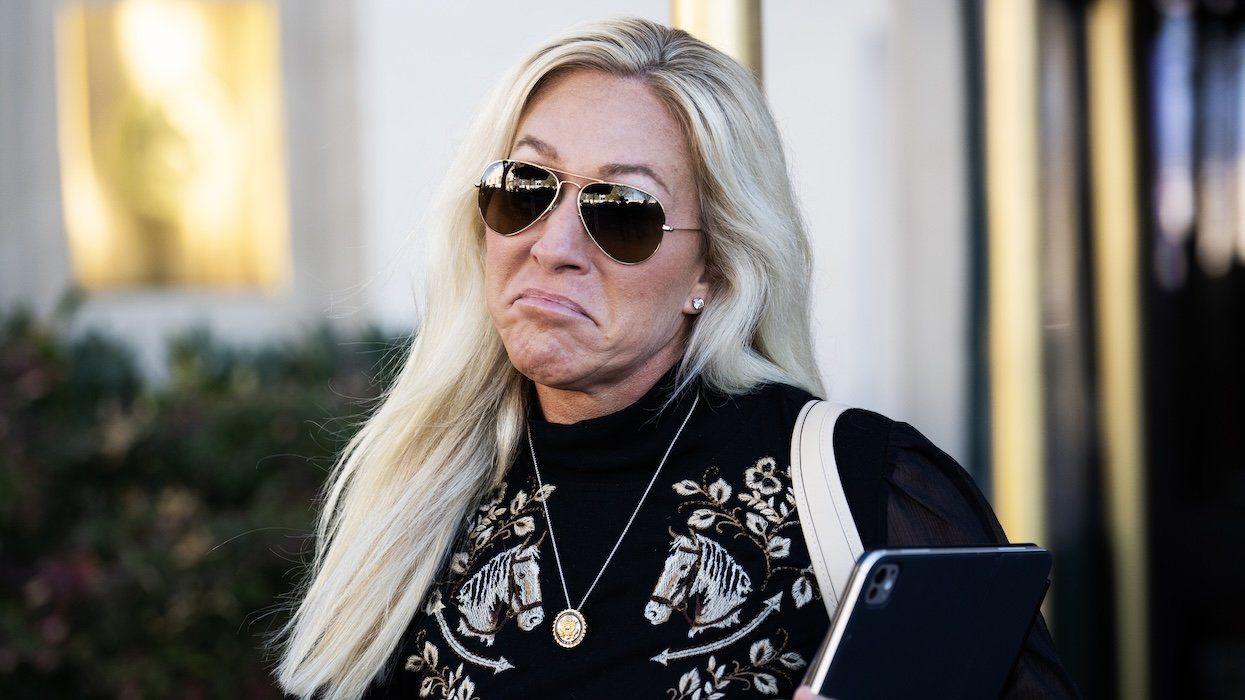CONTACTAbout UsCAREER OPPORTUNITIESADVERTISE WITH USPRIVACY POLICYPRIVACY PREFERENCESTERMS OF USELEGAL NOTICE
© 2025 Equal Entertainment LLC.
All Rights reserved
All Rights reserved
Scroll To Top 























![]()
By continuing to use our site, you agree to our Privacy Policy and Terms of Use.
XL, Providence, R.I., 2007
Craig Seymour's journey through male strip clubs could have a downbeat and depressing feel to it. Instead, he shows us the sweat, dollar bills, and butt cracks of young American men looking empowered and joyful.
Seymour is a Chicago-based writer-photographer. His photos have appeared in numerous national and international publications, including The Washington Post, France's Têtu Men, and Brazil's A Capa and Junior, among others. He has published many photo books of his work, including the book that the photos in this portfolio are sourced from: American Boys: A Strip Club Diary, which filmmaker John Waters called a “lovely smut collection.” In 2011 he was named an “emerging artist” by the Leslie-Lohman Museum of Gay and Lesbian Art.
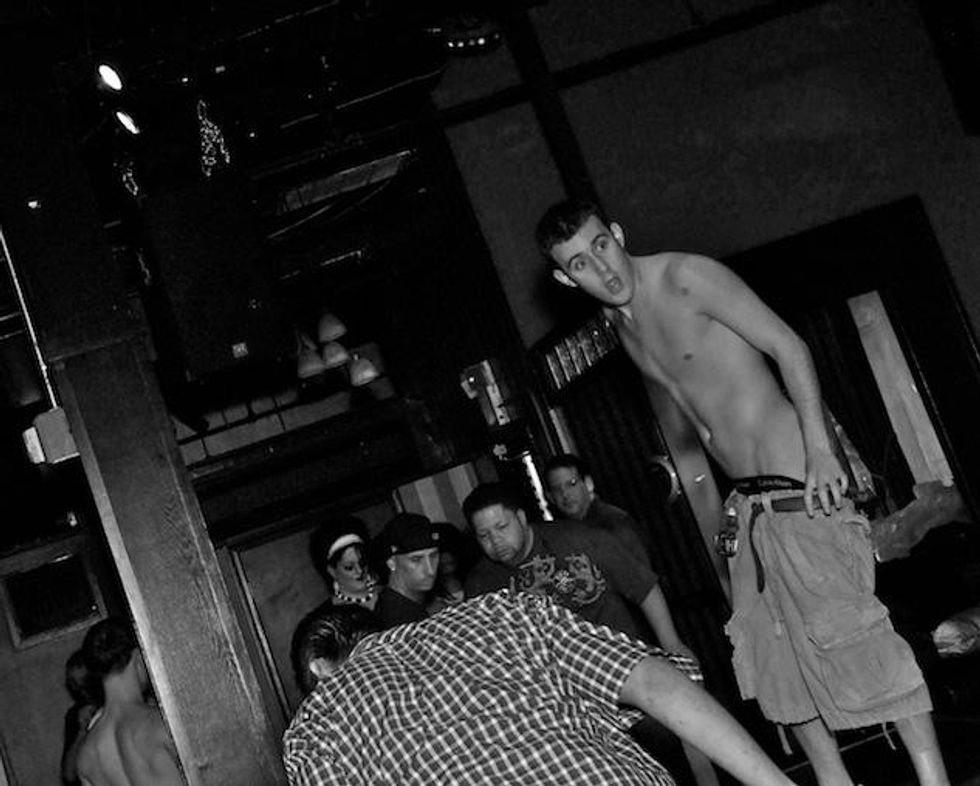
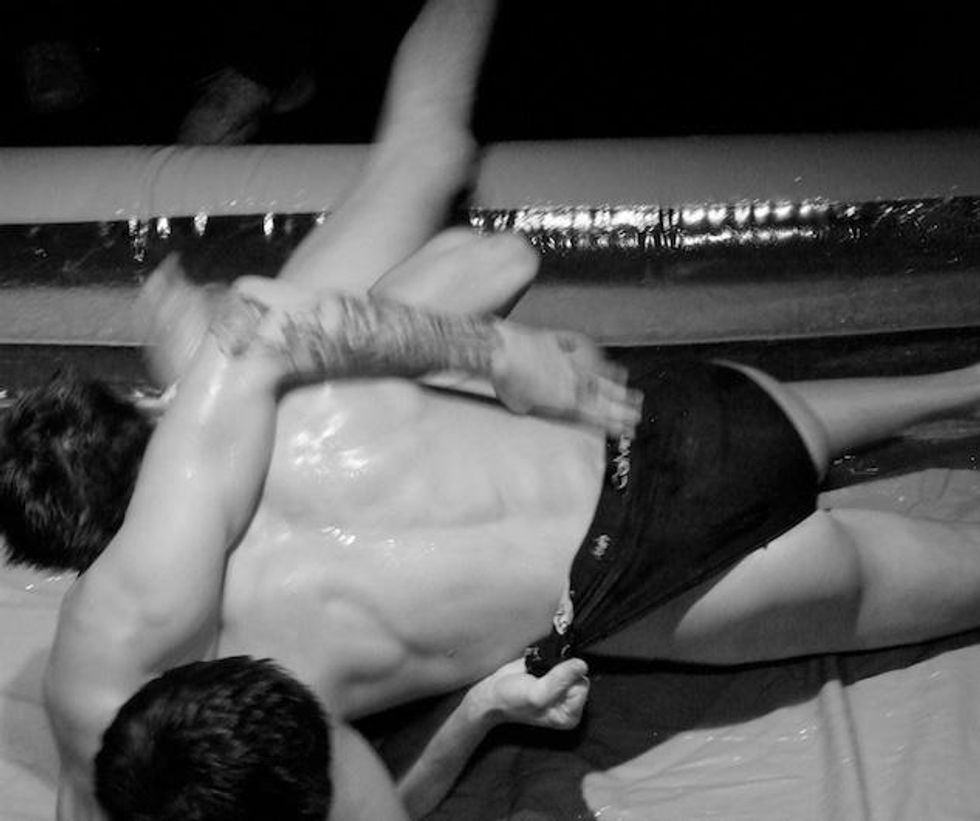
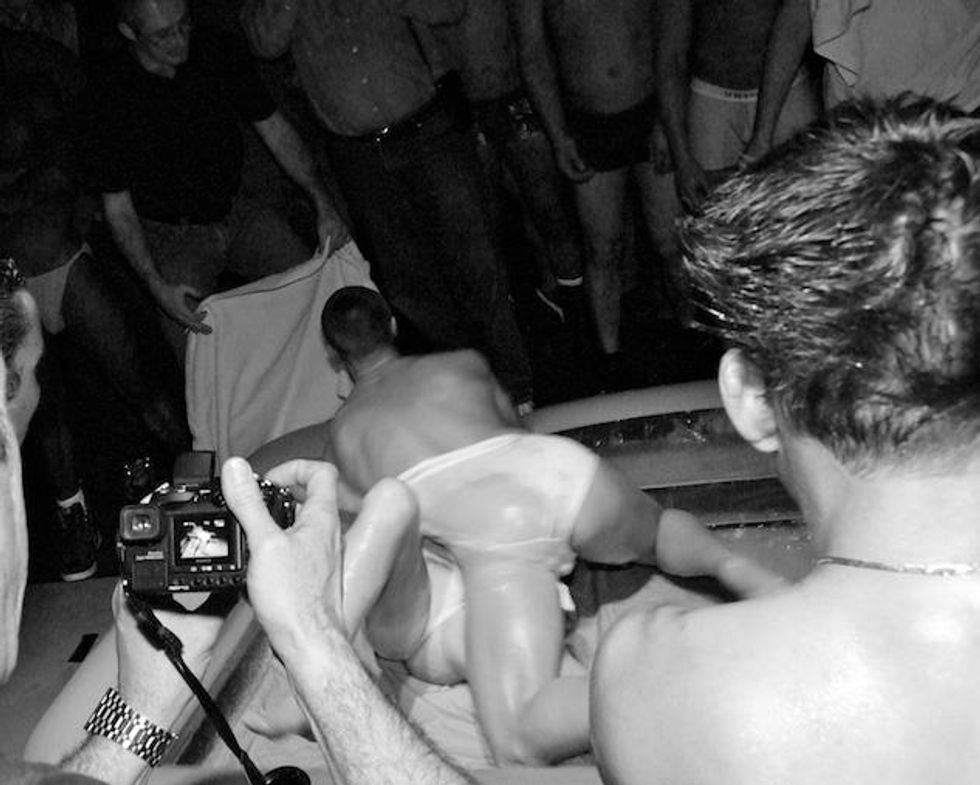
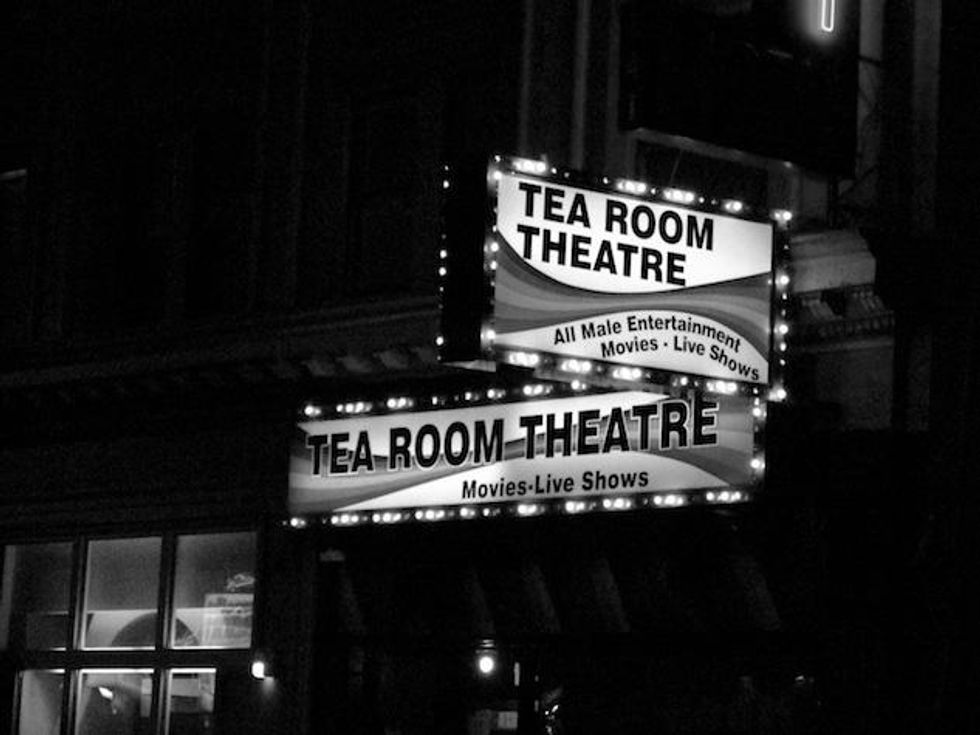


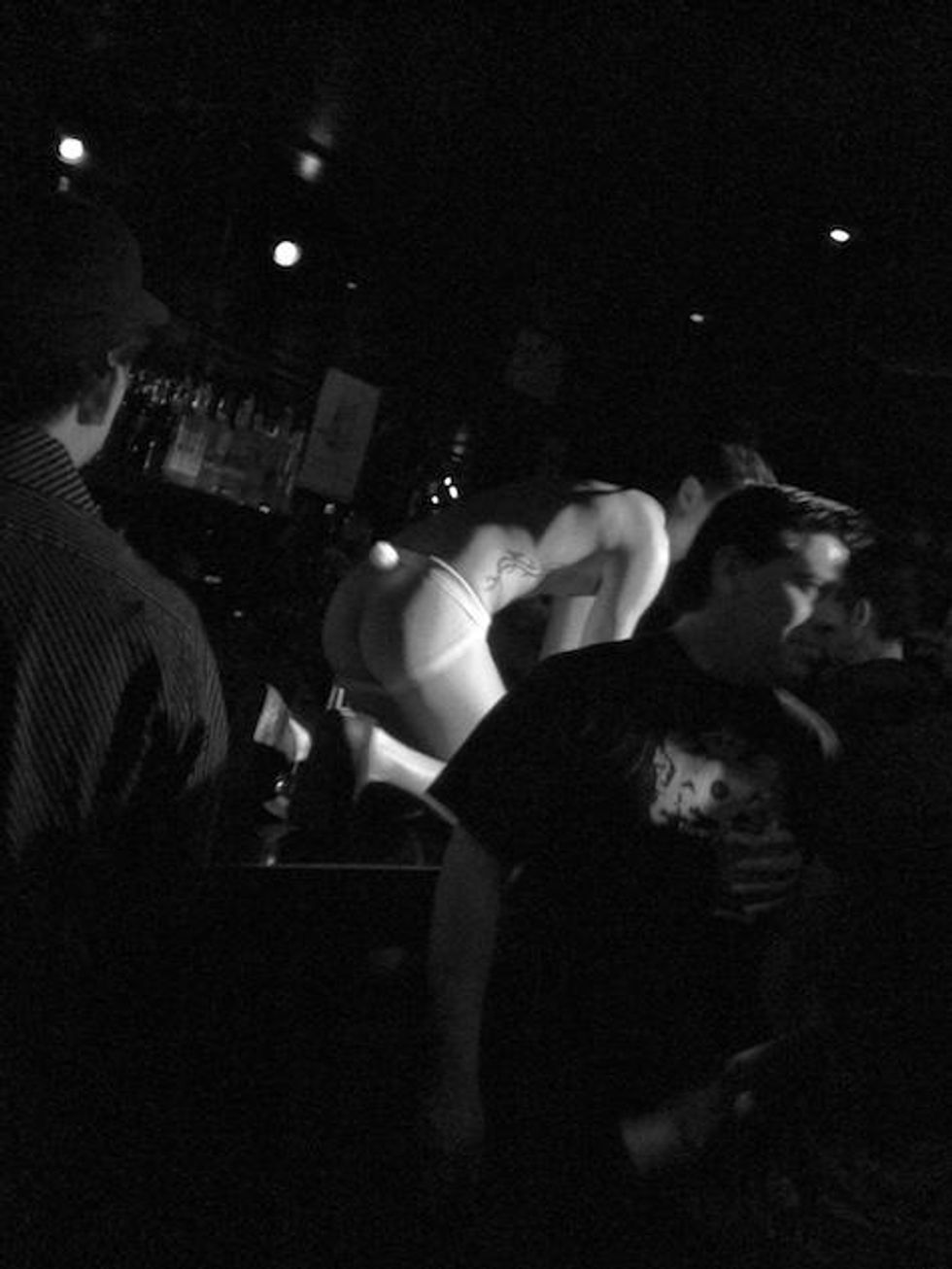
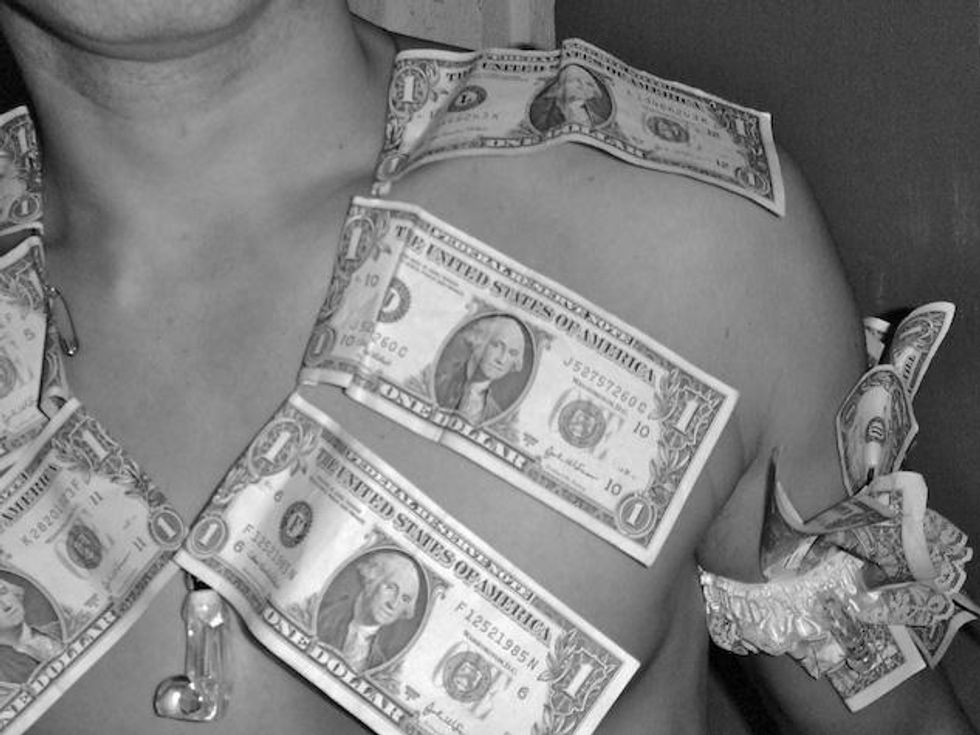
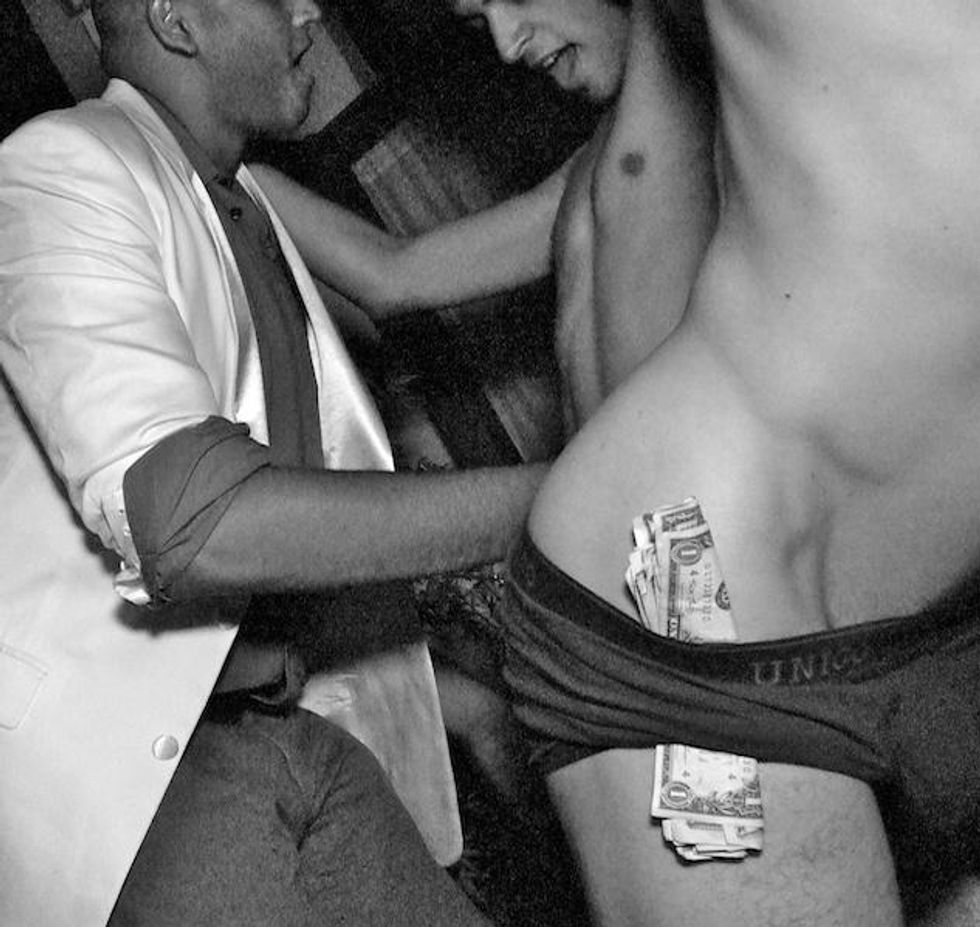
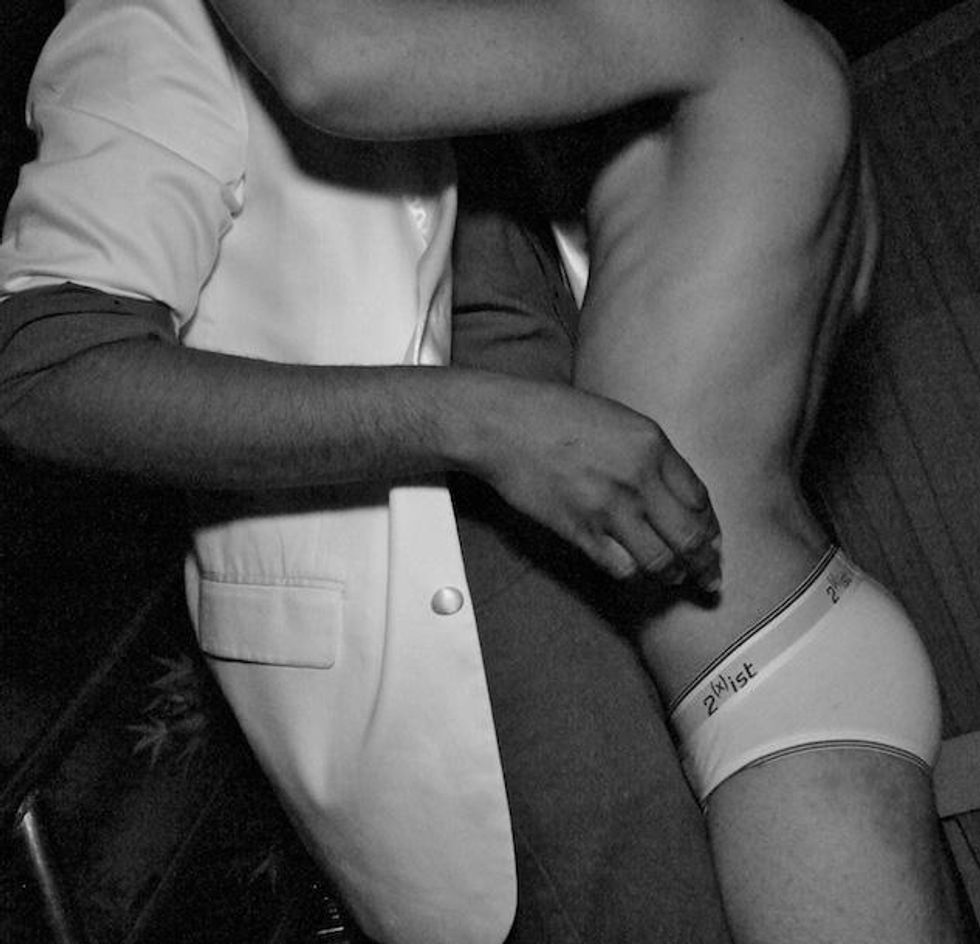
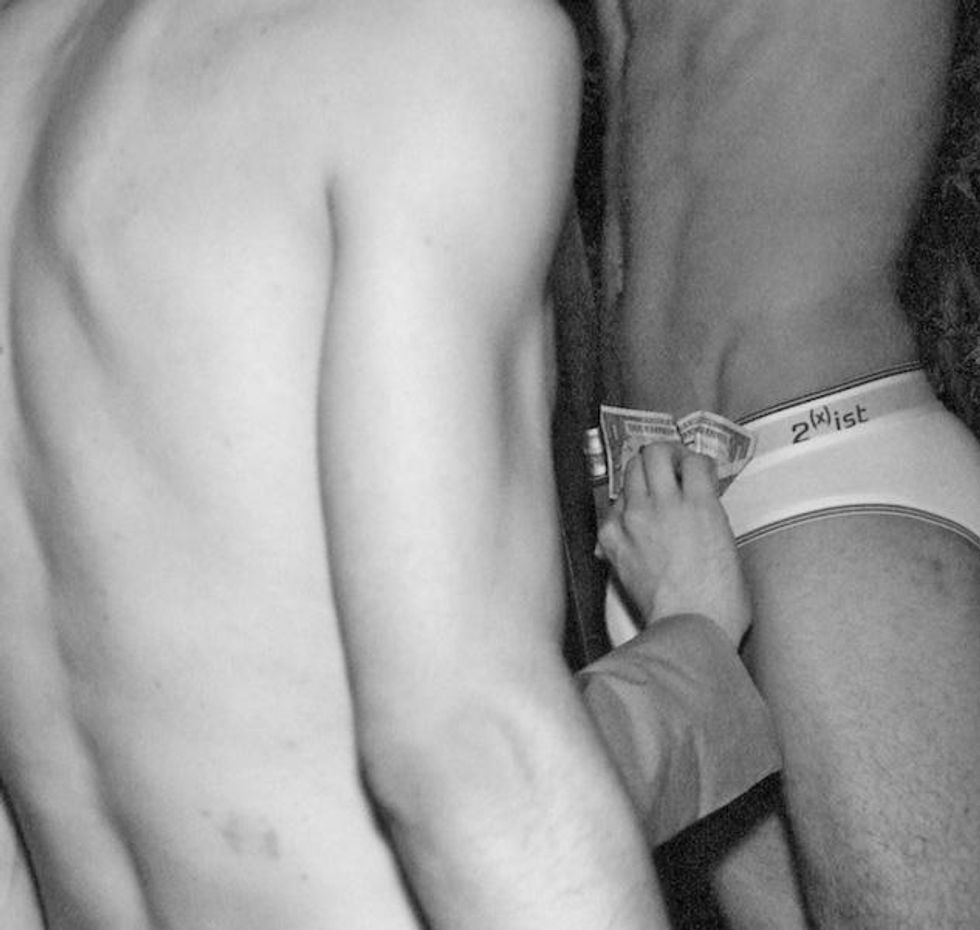
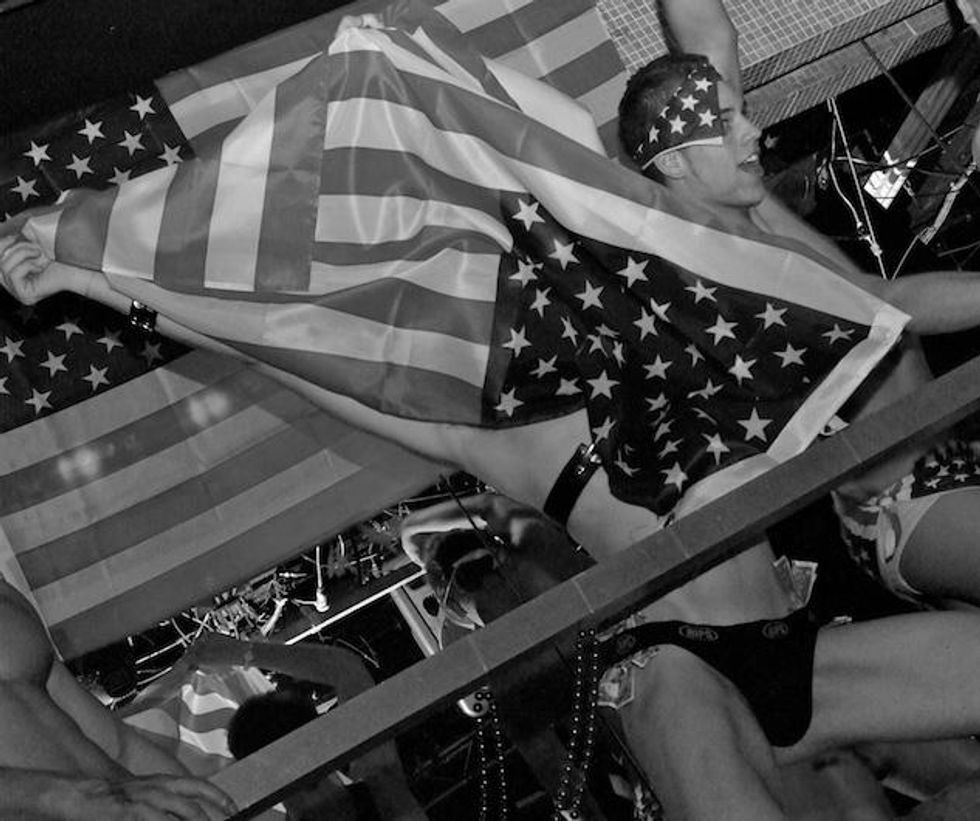
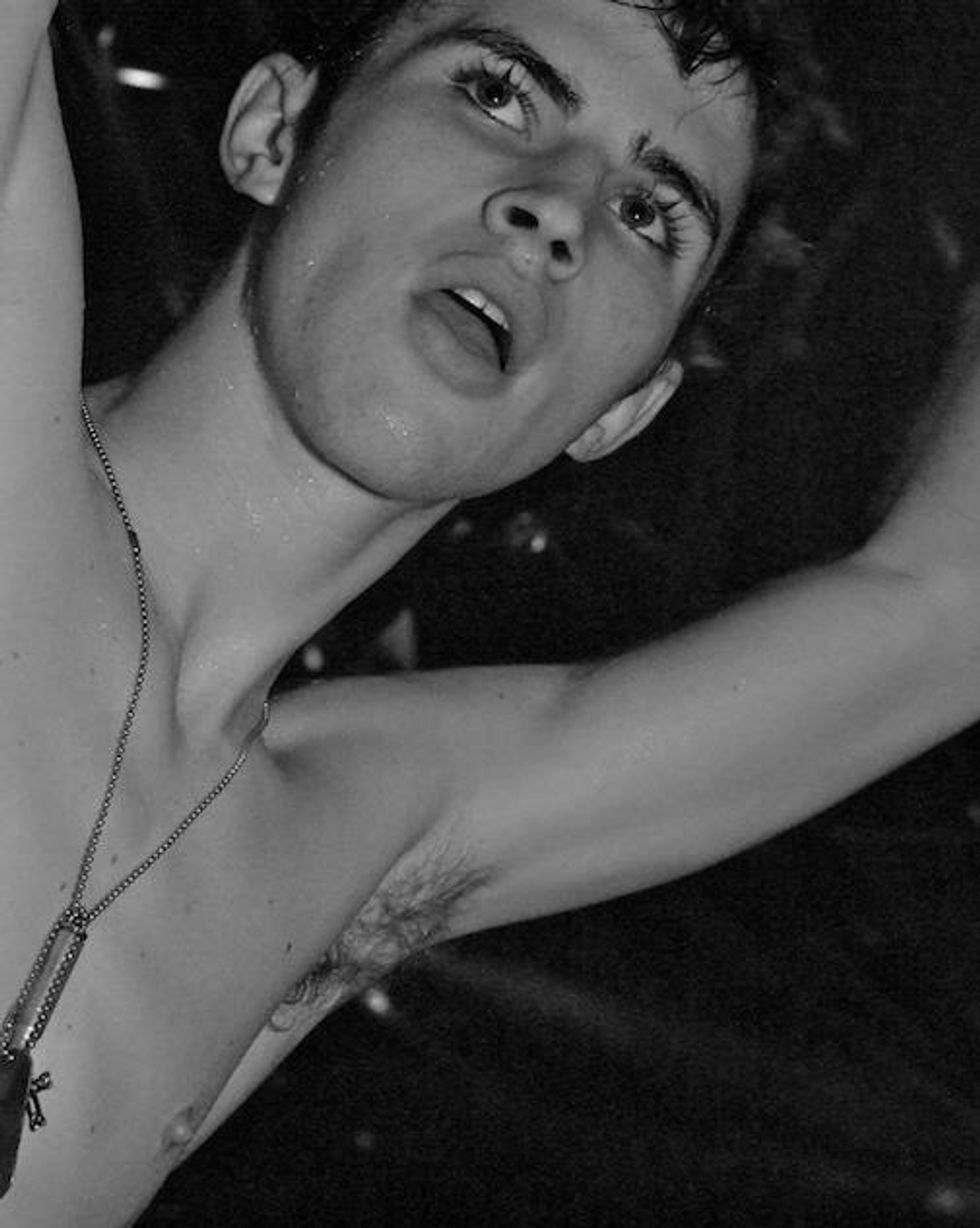
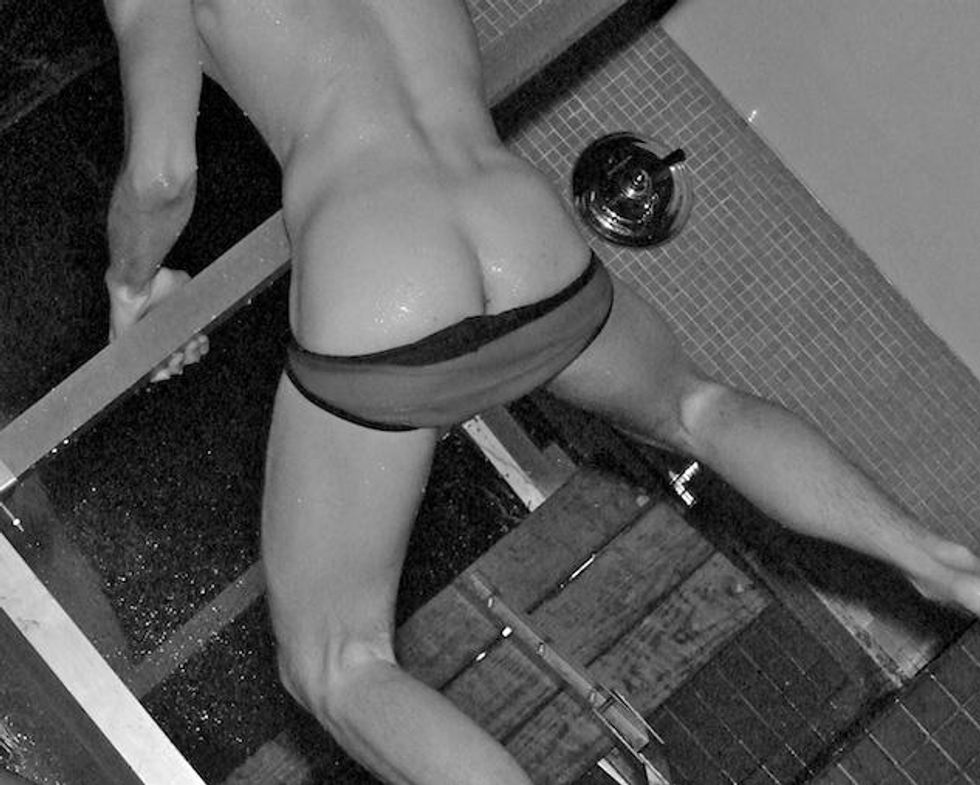
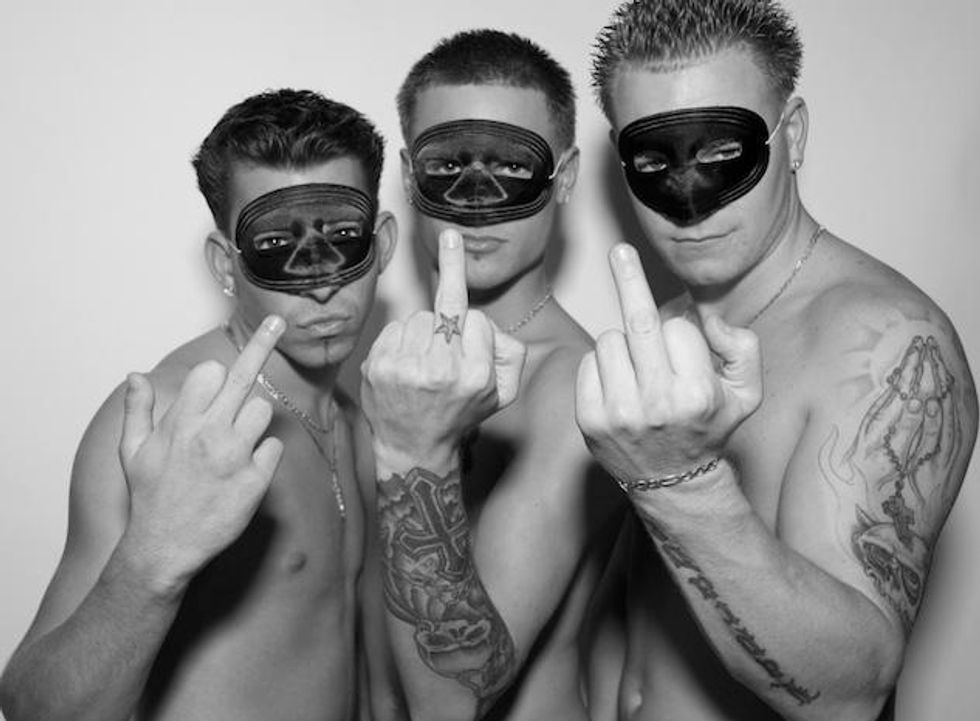
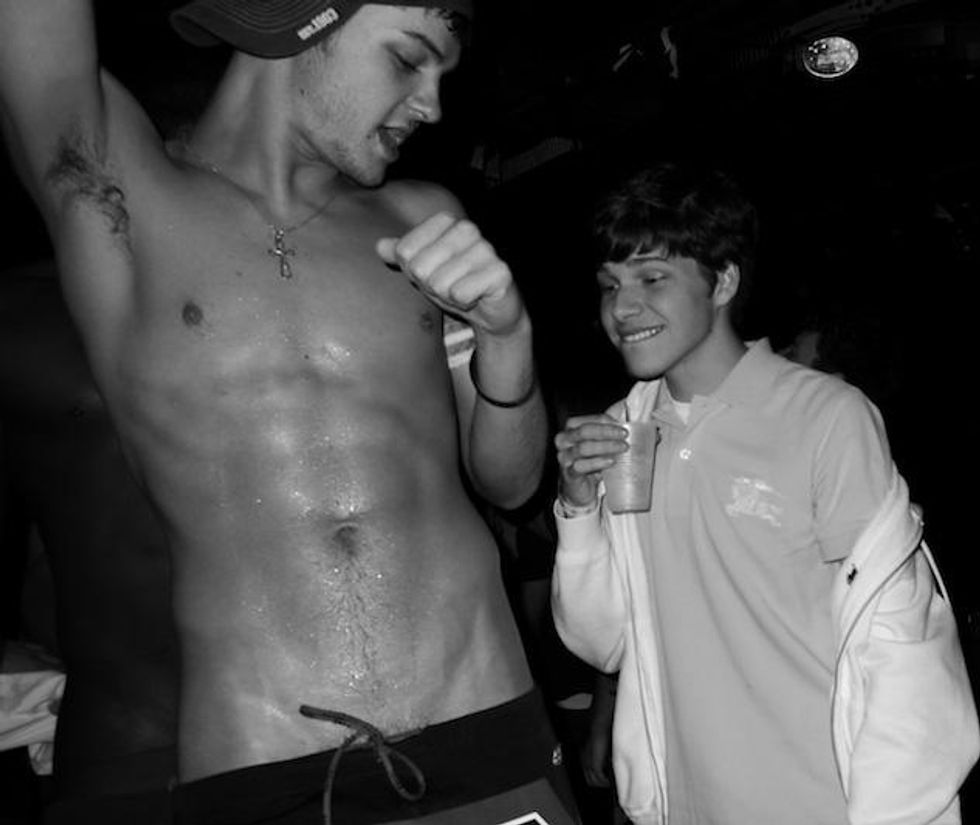
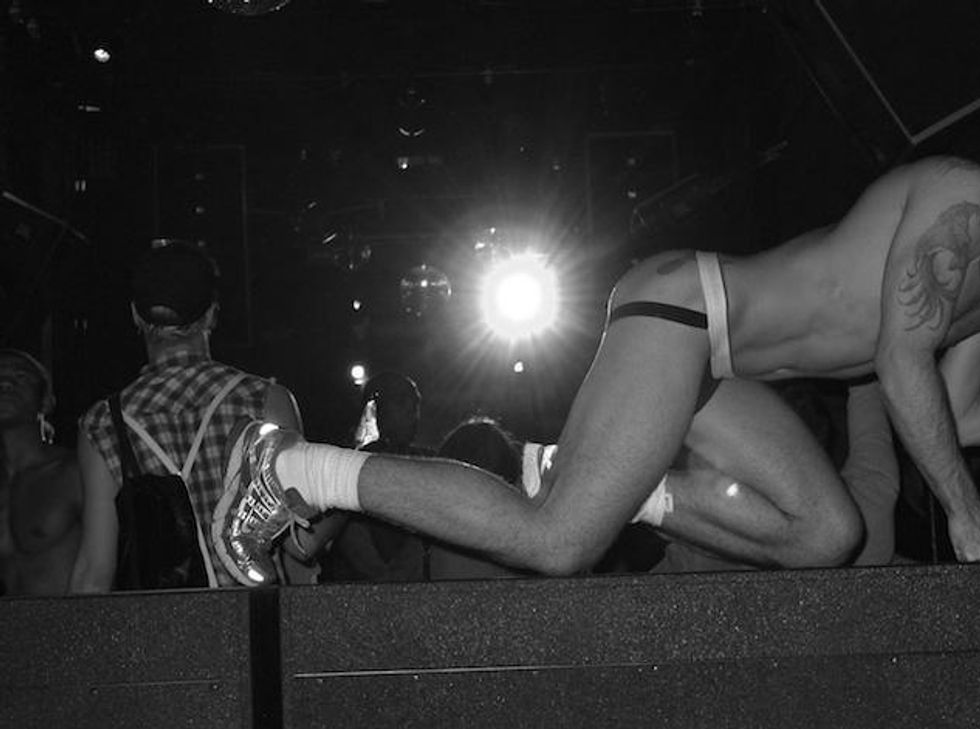
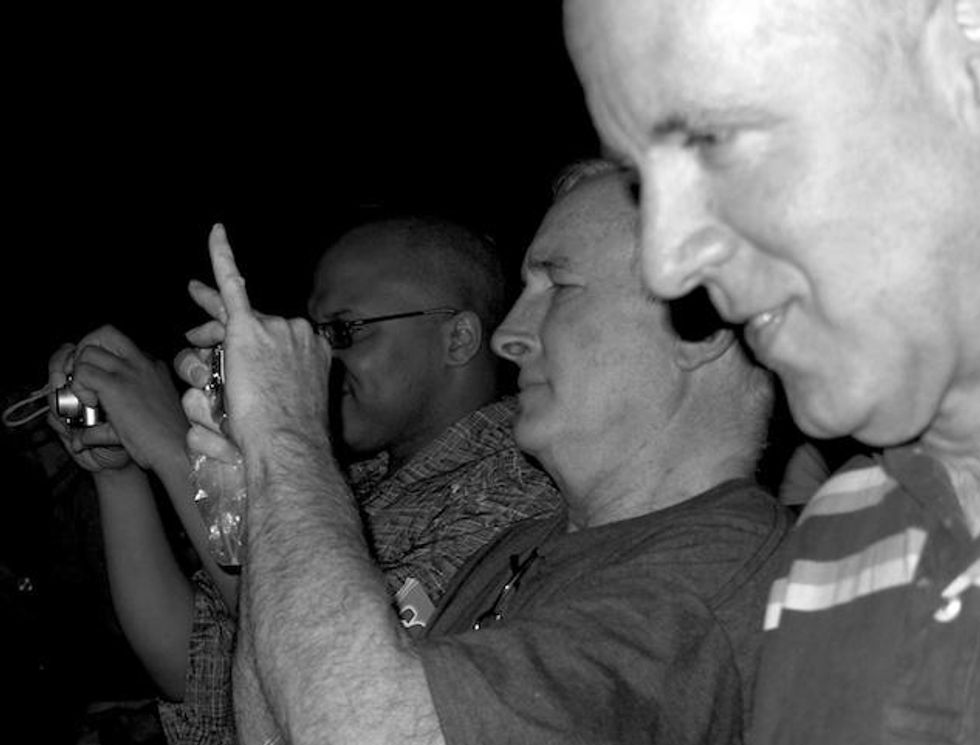
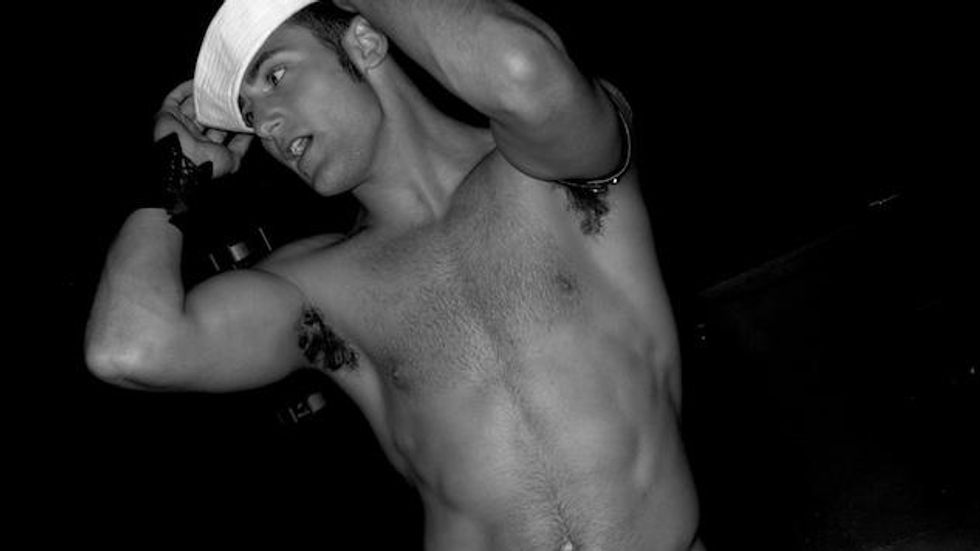

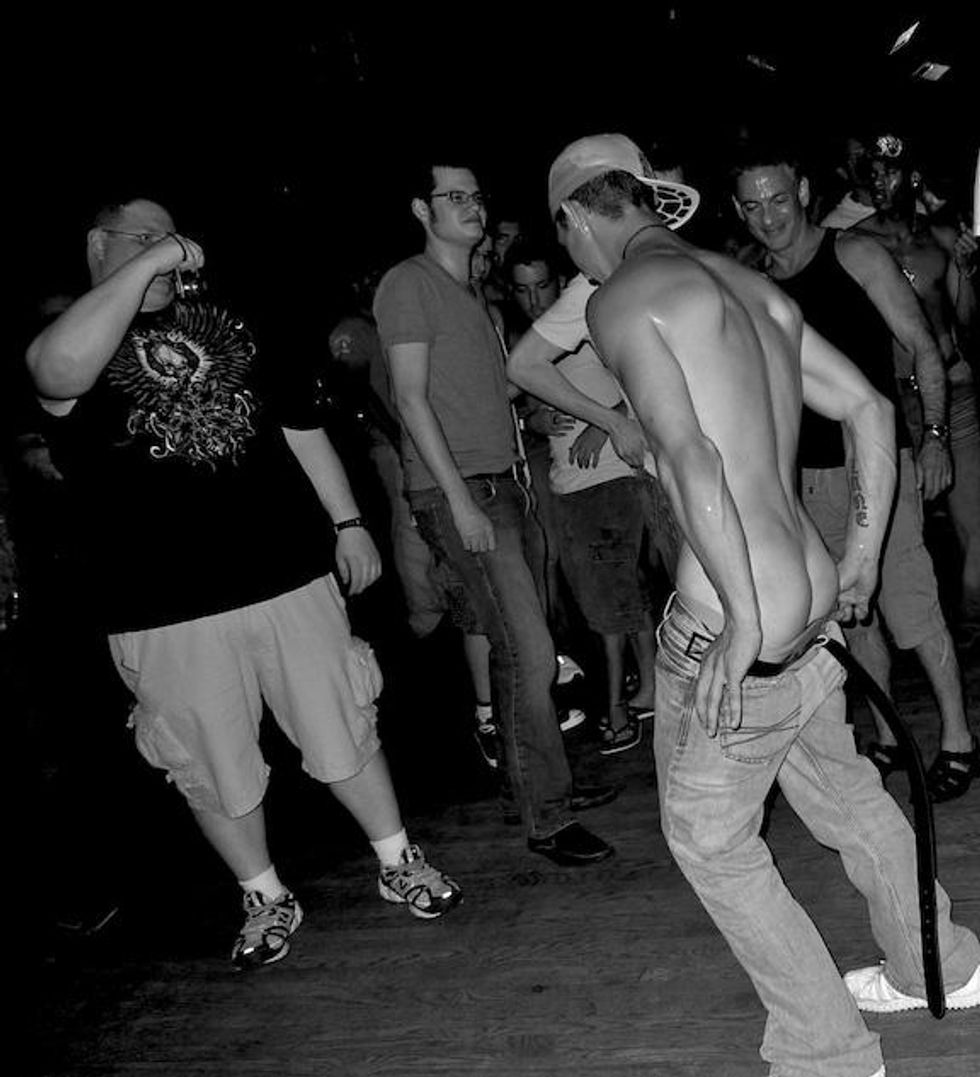
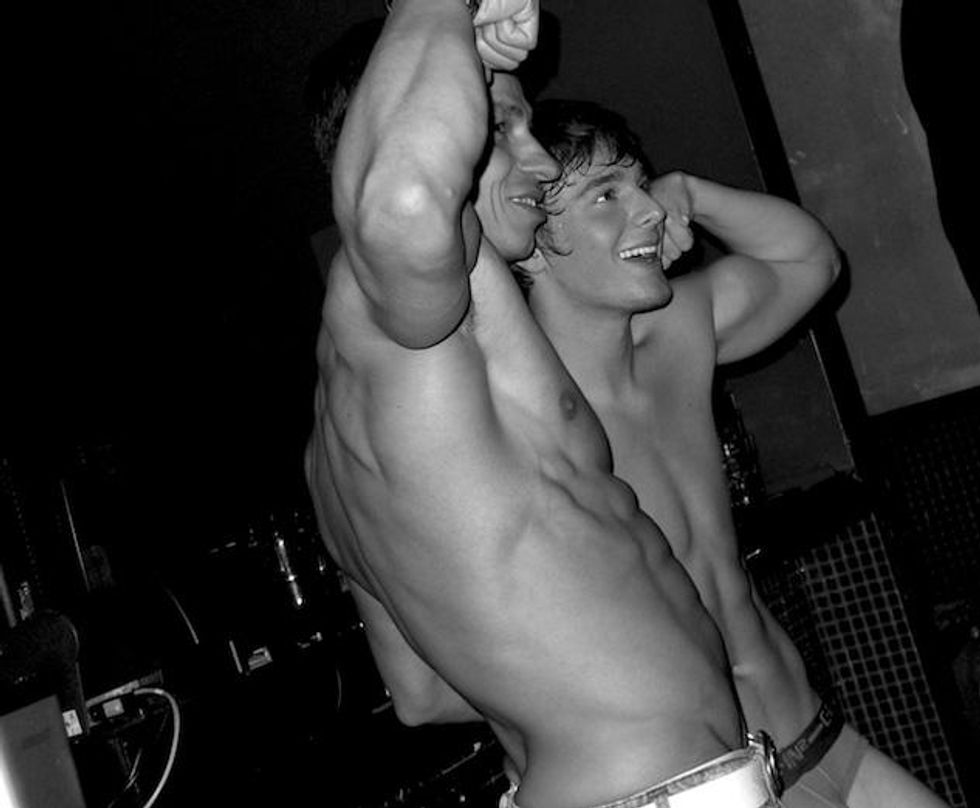
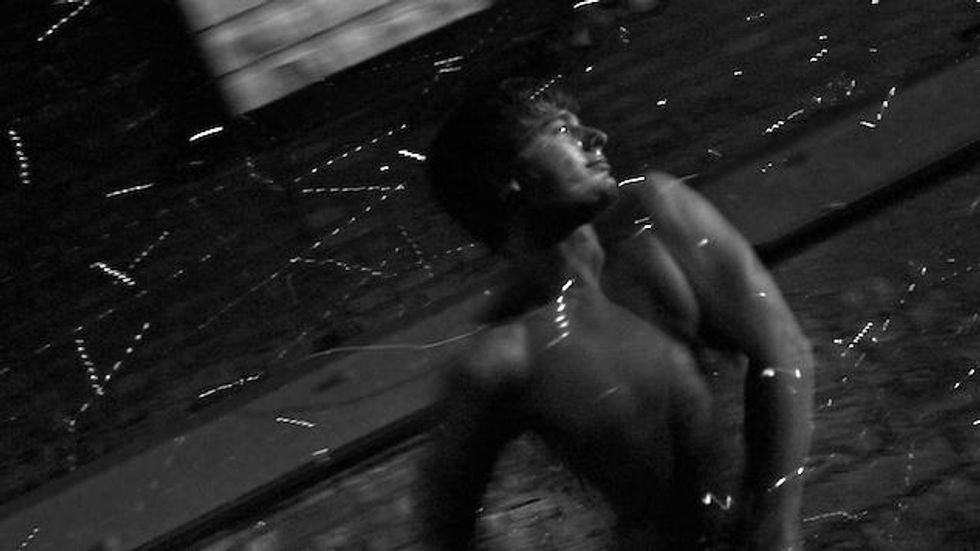
xtyfr
xtyfr
More Galleries
12 movies to watch if you loved ‘Red, White & Royal Blue’
October 27 2025 6:02 PM
LGBTQ+ History Month: 33 queer movies to watch on streaming
October 02 2025 9:02 AM
Drag Me to the Catskills: A weekend of camp and comedy in the woods
May 29 2025 8:30 PM
Boys! Boys! Boys! podcast: A new voice in queer culture
May 01 2025 5:03 PM
Cobblestones, castles, and culture: Your LGBTQ+ guide to Edinburgh
April 30 2025 12:44 PM
Christopher Harrity
Christopher Harrity is the Manager of Online Production for Here Media, parent company to The Advocate and Out. He enjoys assembling online features on artists and photographers, and you can often find him poring over the mouldering archives of the magazines.
Christopher Harrity is the Manager of Online Production for Here Media, parent company to The Advocate and Out. He enjoys assembling online features on artists and photographers, and you can often find him poring over the mouldering archives of the magazines.
